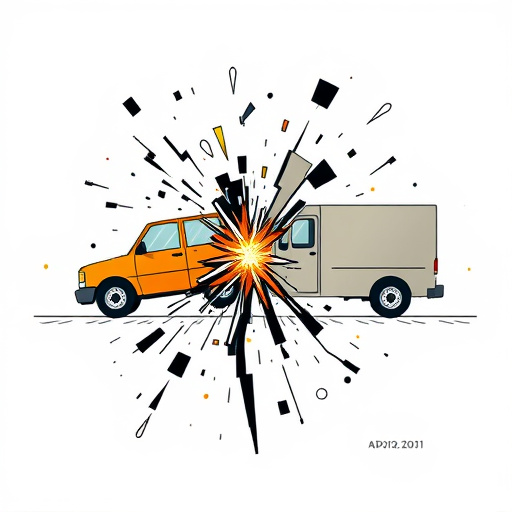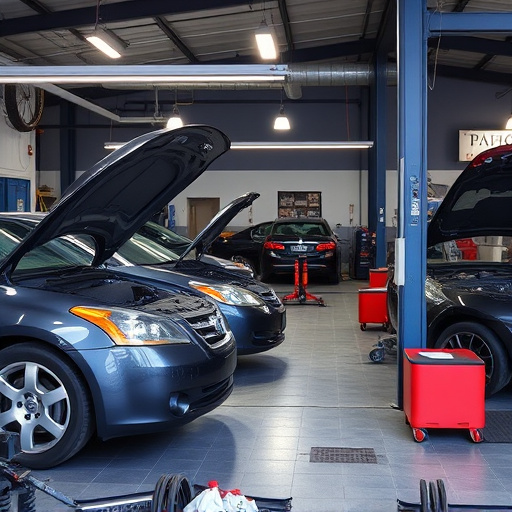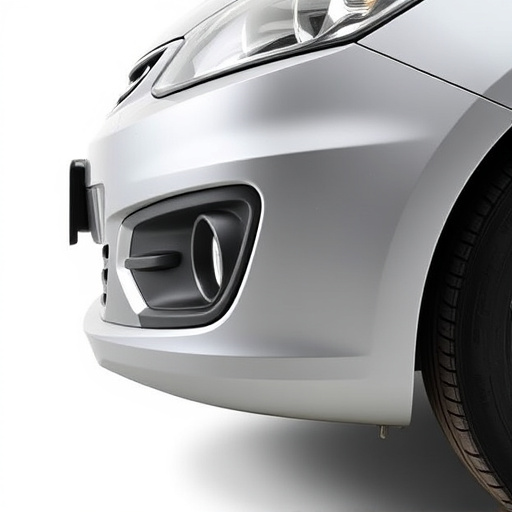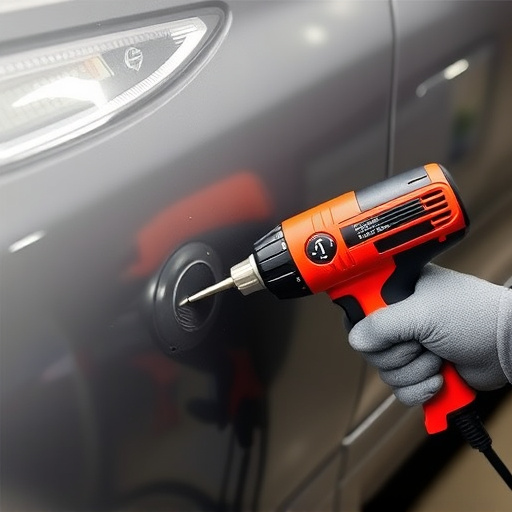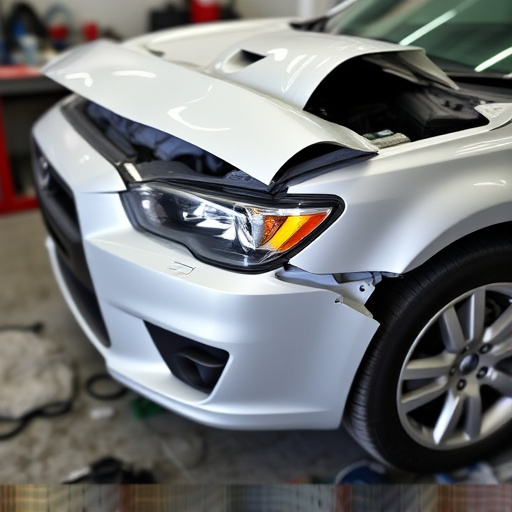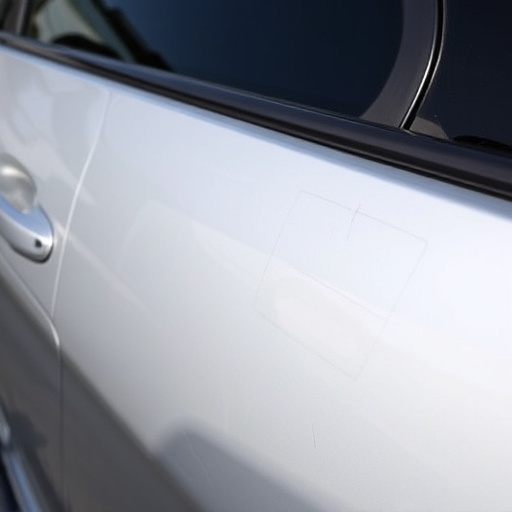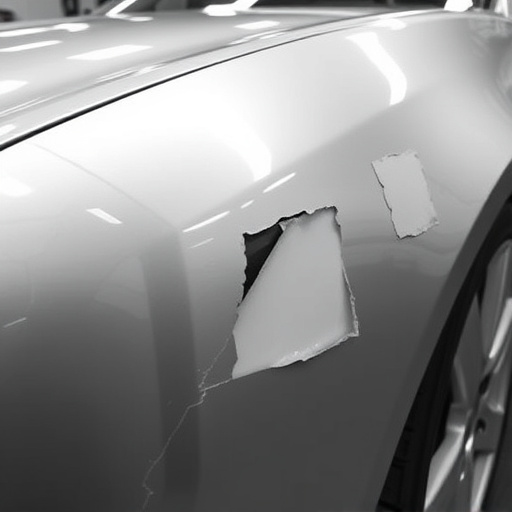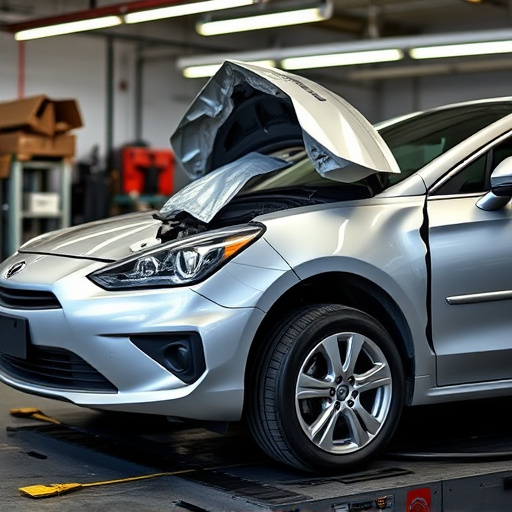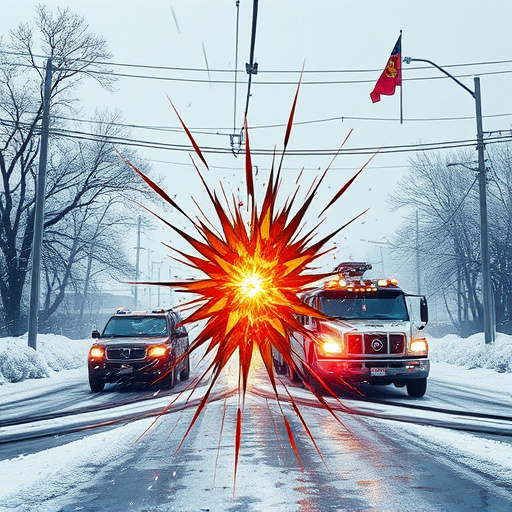Fallen tree damage repair begins with a thorough examination akin to car repair, identifying broken branches, rot, and disease. Arborists assess bark, roots, and internal cracks, restoring structural integrity and aesthetics similar to scratch repair on luxury vehicles. This meticulous process addresses debris removal, secures the tree's structure, treats underlying issues like soil conditions or pests, and encourages natural healing for long-term resilience.
When a tree falls, it leaves behind a complex puzzle for arborists. This article guides you through the essential steps of repairing damaged trees after a fall. We’ll explore how to assess the tree’s structure, identify components in need of replacement—from branches to roots—and ultimately restore the tree’s health and stability. By understanding these processes, homeowners can ensure effective fallen tree damage repair, promoting long-term vitality.
- Assessing Damaged Tree Structure
- Identifying Parts for Replacement
- Restoring Tree Health Post-Repair
Assessing Damaged Tree Structure
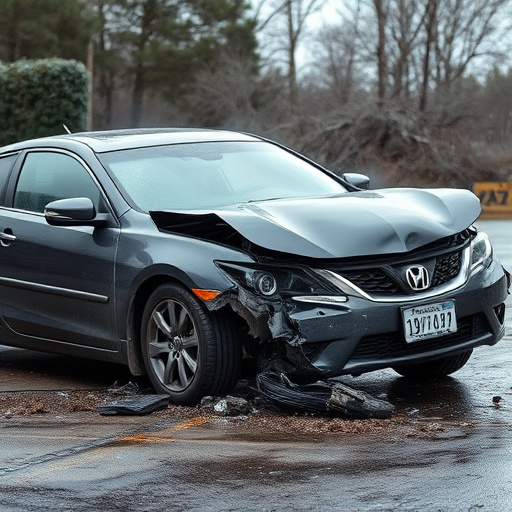
When assessing fallen tree damage repair, understanding the structural integrity of the tree is paramount. The first step in any repair process involves carefully examining the damaged areas to identify broken branches, snapped trunks, and any signs of rot or disease. This thorough evaluation ensures that only sound portions of the tree are utilized for subsequent repairs, promoting long-term health and stability.
In many cases, fallen tree damage can be comparable to vehicle repair or car body repair scenarios, where precision and attention to detail are crucial. Just as a skilled mechanic assesses dents, scratches, and structural weaknesses in a car, arborists must carefully inspect the tree for similar issues. This includes identifying damaged bark, broken roots, and any internal cracks that could compromise the tree’s ability to withstand future storms or environmental stressors. The goal is to restore the tree to its pre-damage condition, minimizing the need for repeated repairs—much like how car scratch repair techniques aim to restore a vehicle’s exterior to its original state.
Identifying Parts for Replacement
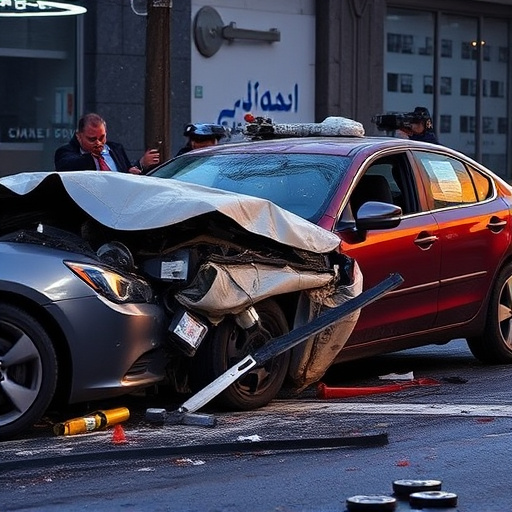
When repairing fallen tree damage to a property, identifying which parts need replacement is crucial for effective and efficient restoration. The first step in this process is conducting a thorough inspection. This involves assessing every affected area, from structural elements like beams and trusses to exterior surfaces such as siding, roofs, and windows. Skilled restorers will also consider potential long-term effects of the damage, such as changes in foundation stability or moisture intrusion that could lead to further issues.
Once identified, replacement parts may include anything from structural components to finishing touches. In the case of vehicles damaged by fallen trees, vehicle collision repair and vehicle paint repair might be necessary to restore them to their pre-incident condition. For those with luxury vehicles, meticulous attention is paid to ensure that repairs maintain both the aesthetic integrity and high standards associated with these models. This level of care extends beyond common vehicle repairs, addressing intricate details and specialized finishes.
Restoring Tree Health Post-Repair
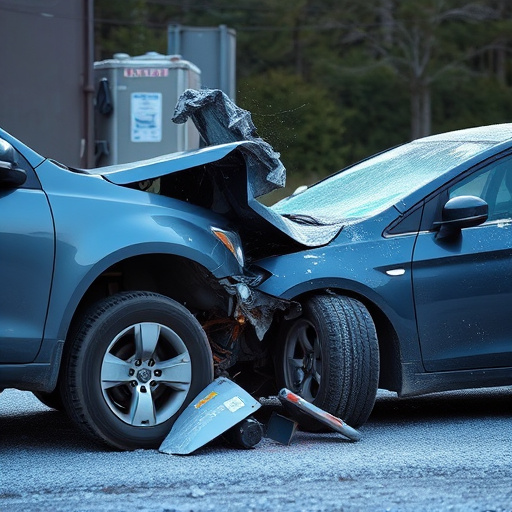
After the initial fallen tree damage repair is complete, restoring the health and strength of the tree should be a top priority for homeowners and arborists alike. The first step in this process involves removing any remaining debris or damaged branches from the site, ensuring that the tree’s structure is stable and secure. Once cleared, proper pruning techniques can help guide new growth, encouraging the tree to heal itself naturally.
Just as meticulous care is taken during a classic car restoration or auto body repair to bring it back to its former glory, so too should fallen tree damage repair be approached with precision and expertise. This includes addressing any underlying issues that may have contributed to the initial damage, such as poor soil conditions or pest infestations. By focusing on these aspects, the tree can regain its vital functions, ensuring it stands strong for years to come, just like a vehicle dent repair expert brings a damaged car back to its original condition.
When repairing fallen tree damage, effectively assessing the structure, identifying necessary parts for replacement, and restoring subsequent tree health are key steps. By understanding these aspects, professionals can ensure successful recovery, enhancing the tree’s resilience against future incidents and promoting a vibrant, healthy landscape in the context of fallen tree damage repair.
